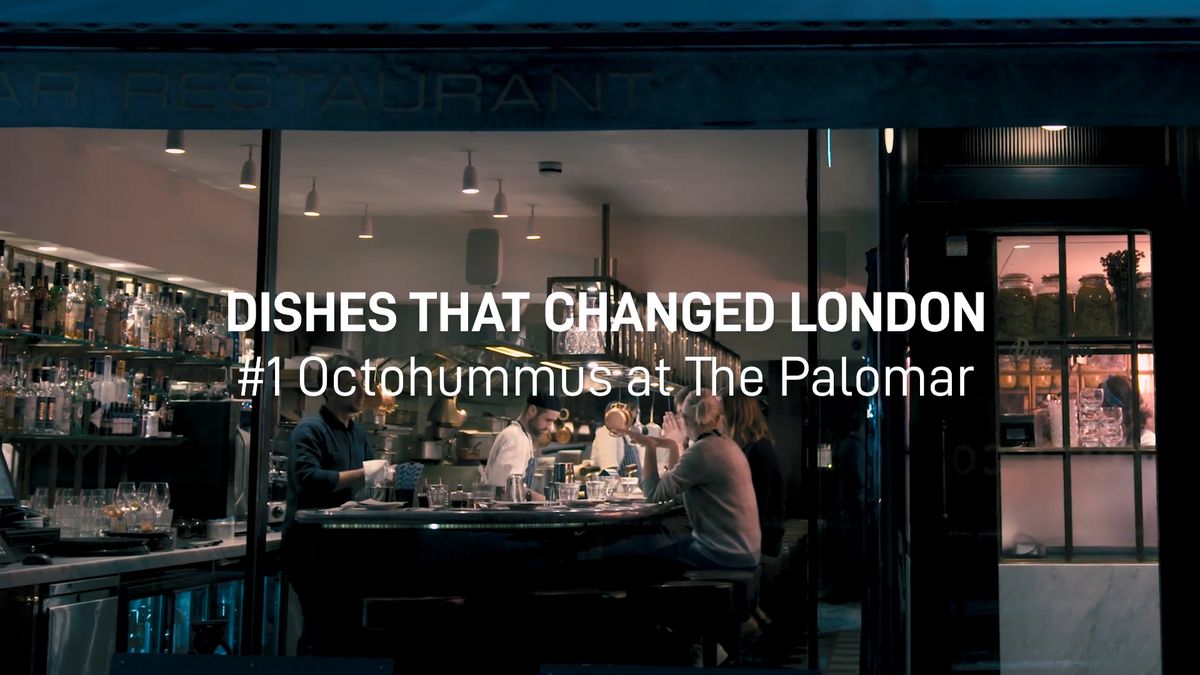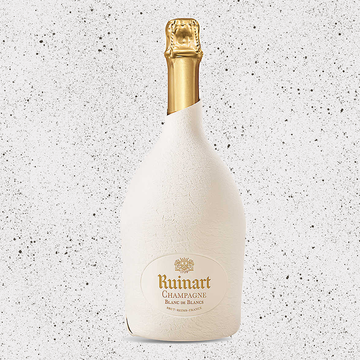When I travel, I am often fascinated by the differences between ostensibly similar cultures. In Italy, a nation with which we share a love of art, food, style, music and literature, I am sometimes regarded with bemusement or even suspicion as I fumble and apologise my way through a typical day as an Englishman abroad. I have made the mistake of asking for a cappuccino after lunch (never order a coffee with milk after midday). I have been chastised for raising a glass of water for a toast (you are only allowed to chink your glass with a cheery "Salute!" if it contains booze). And I have committed the cardinal sin of asking for Parmesan with seafood risotto (only once and never again — oh, the shame...)
In New York, where English is the verbal currency, you'd expect a closer cultural connection. But I frequently find that we are divided by a common language. I once asked a taxi driver to drop me "right here" only to watch as he turned right and continued driving. "Stop, please. I asked you to stop." "No you didn't," came the reply. "You told me to take a right." I was once screamed at by an airport cop at the x-ray machine: "Take off your coat!" I pointed out I wasn't wearing one only to have him bellow back, "Take. Off. Your. Coat." As I looked down at my suit, I realised to what he was referring. "Oh, you mean my jacket," I said. "Don't you get smart with me, George Michael," was his final baffling (and terrifying) warning.
It's not only culture and language that don't travel, it's food and drink, too. I've tried to recreate that holiday feeling by drinking retsina in the UK but, unless you're on a beach in Crete, it always tastes like furniture polish. Polenta, the creamy starch northern Italians use, just turns into wallpaper paste whenever I try to make it. I am not sure why this is, although I suspect it has something to do with environment. The food or drink itself is actually only part of the experience; cultural context is just as important to complete the picture.
I have, for a very long time, been a big fan of the humble meatball. This satisfying, blue-collar staple is so ingrained in the culinary traditions of Italy and the United States that whenever I travel to either destination I take every opportunity to get my fix. There is something deeply comforting about the simple combination of minced meat, salt, Parmesan cheese and tomato sauce, not to mention the satisfyingly spherical packaging. Who doesn't love a ball?
But meatballs have never been as entrenched in British gastronomy as other notable imports like hamburgers and pizza. I find this a shame. I've had a modicum of success in getting meatballs the notice they deserve by putting them on the menu at my Polpo restaurants. I also make them frequently for my children.
This recipe is so versatile, although the best policy, as always, is simplicity. They go perfectly with freshly cooked spaghetti, or with a crunchy coleslaw and a big hunk of fresh ciabatta.
Meatballs
Serves four
Ingredients
• 100g stale bread, no crusts, finely chopped
• Whole milk
• 250g minced beef
• 250g minced pork
• 1 large egg, beaten
• 2 garlic cloves, very finely chopped
• 150g Parmesan, grated
• Extra virgin olive oil
• 1 medium onion, finely chopped
• 200ml passata
• 1 x 400g tin Italian chopped plum tomatoes
• Small handful flat parsley, chopped
• Small handful basil leaves, torn
• Flaky sea salt
• Black pepper
Method
1. Put the stale breadcrumbs into a small bowl and cover with milk. Leave for 20mins, churning once or twice with a fork, until the milk has absorbed and the bread is mushy.
2. Place the minced beef and pork into a large mixing bowl and add the egg, half the chopped garlic and two-thirds of the Parmesan. Turn several times with your hands and add a good pinch of salt and a twist of black pepper. Now introduce the mushy bread, squeezing the excess milk off first, and spend several minutes mixing together with your hands to incorporate everything smoothly.
3. Preheat the oven to 180˚C. Roll the meat mixture into 20 even spheres, roughly the size of ping pong balls. Place onto a baking sheet and drizzle a little oil, evenly coating the meatballs by moving them around. Add a good twist of salt and pepper and place in the hot oven for 12–15mins, turning once halfway through, until golden brown.
4. Meanwhile, gently heat a few glugs of olive oil in a large saucepan and sauté the chopped onion and the remaining chopped garlic. When the onion is soft and glossy, add the passata and chopped tomatoes with a very good pinch of salt. Simmer on a low heat for 15mins stirring occasionally, add the parsley and basil towards the end with a twist of pepper, and adjust the seasoning if necessary.
5. Serve the meatballs in the tomato sauce with the remaining Parmesan on top.
Photographs by Chris Leah
Russell Norman is the founder of Polpo and Spuntino;














